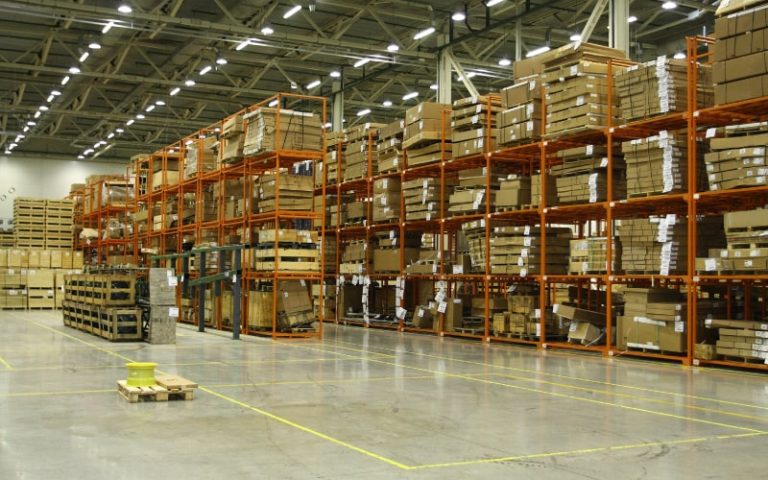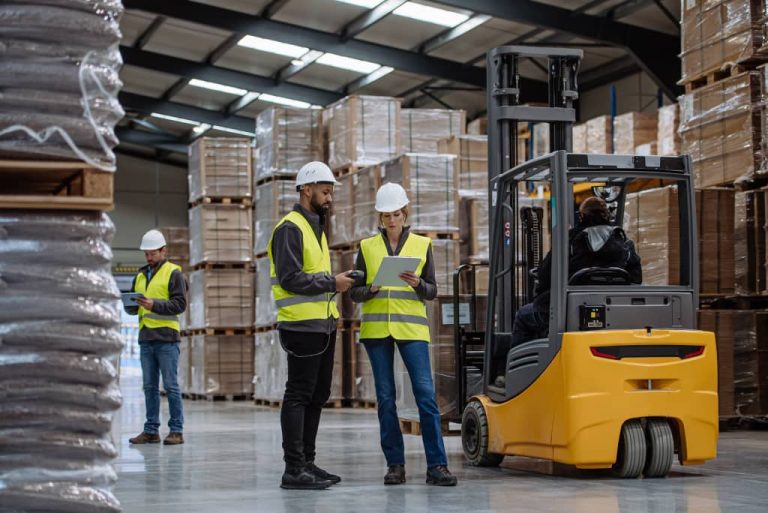The sun had barely risen when John arrived at the warehouse he managed. As he walked through the facility, he couldn’t help but feel a sense of dread. The place was a maze of misplaced inventory, narrow aisles, and inefficient workstations. Forklifts zigzagged across the floor while workers had to travel long distances to locate and retrieve items. John knew that this chaos was costing the company in terms of time, money, and employee morale.
Last quarter’s financial report didn’t help. Profits were down, and the owner was demanding answers. As John surveyed the disorganized warehouse, he realized they needed to rethink the layout of their facility. It was time for a change, and John knew that implementing an effective warehouse layout design would be key to turning things around.
The Importance of Warehouse Layout
Warehouse layout design is more than just arranging shelves and marking floor spaces. It’s a strategic approach to organizing the flow of goods, people, and equipment within a facility to maximize efficiency and minimize waste.
A well-designed warehouse layout can significantly impact a company’s bottom line by reducing operating costs, improving productivity, and enhancing overall supply chain performance.
Key Elements of Effective Warehouse Layout Design
Here are some of the key factors you need to consider when thinking about your layout.
Optimal Flow Patterns
One of the most critical aspects of warehouse layout design is establishing an efficient workflow for inventory and workers. This involves strategically placing areas for receiving, storage, picking, packing, and shipping to minimize travel distances and reduce congestion.
When you consider that labor is the largest operating cost in most warehouses, and travel accounts for up to 50% of labor costs, you can quickly see how an efficient warehouse layout design can save you money and increase throughput.
Proper Zoning
Effective zoning involves grouping similar products or activities. This can include creating separate areas for fast-moving items, slow-moving items, and special handling requirements.
Flexible Space Utilization
A good warehouse layout design should be adaptable to changing needs. This might involve using modular shelving systems, mobile workstations, or reconfigurable conveyor systems.
Ergonomic Workstations
Designing workstations with ergonomics in mind can significantly enhance employee productivity while reducing the risk of injury. This includes considerations such as proper lighting, comfortable working heights, and easy access to necessary tools and equipment.
OSHA is increasing investigations of warehouse ergonomics, including powered industrial vehicle operations, material handling and storage, walking and working surfaces, means of egress, and fire protection.
Technology Integration
Modern warehouse layout design should account for the integration of technology such as warehouse management systems (WMS), automated storage and retrieval systems (AS/RS), and robotic picking systems.
Implementing a New Warehouse Layout Design
When John decided to overhaul his warehouse layout, he followed a few best practices that can eliminate bottlenecks and improve efficiency:
- Analysis: John began by thoroughly analyzing current operations, identifying bottlenecks, and gathering data on inventory movement and order patterns.
- Planning: Working with warehouse layout design experts, he evaluated several warehouse layout design examples, considering factors such as product characteristics, order profiles, and future growth projections.
- Simulation: Using computer modeling, the team simulated different layout scenarios to identify the most efficient design.
- Implementation: A more efficient warehouse layout design was implemented in phases to minimize disruption to ongoing operations. He leveraged his relationship with a leading distributor who provided the specialized labor he needed for fast turnover.
- Training: Employees were trained on the new layout and processes to ensure a smooth transition.
- Continuous Improvement: John established a system for ongoing monitoring and optimization of the new layout.
The result? Six months after implementing the new warehouse layout design, John saw remarkable improvements, including faster order fulfillment times, reduced labor costs, and increased storage capacity—all using the existing warehouse footprint.
Effective Warehouse Layout Design
John’s story illustrates the transformative power of effective warehouse layout design. By carefully considering flow patterns, zoning, flexibility, ergonomics, and technology integration, you can dramatically improve your material handling efficiency and performance.
As businesses face increasing pressure to optimize their supply chains, the importance of warehouse layout design is increasing. Whether you’re building a new facility or improving an existing one, investing time and resources in creating an efficient warehouse layout is a strategic decision that can yield substantial returns.
The experts at Conesco Storage Systems can help you find the optimal layout design for your warehouse. The Conesco team comprises industry experts with more than 250 years of combined material handling and warehouse planning experience. We can show you warehouse layout design examples and customize an ideal configuration for you.
Call Conesco Storage Systems (303) 690-9591 to discuss your needs or request a free consultation today.



